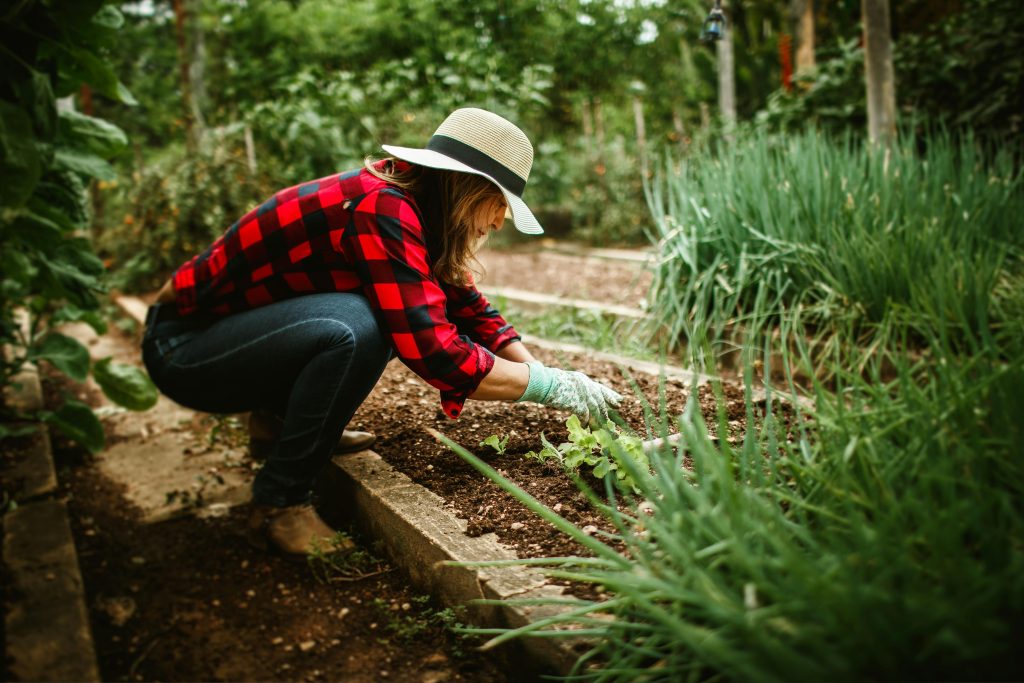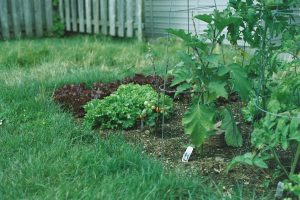
Magnesium Sulfate in Fall Gardens: Strengthening Greens and Brassicas
Fall gardens are some of the most rewarding to grow. Cooler temperatures extend the season for leafy greens, while crops like broccoli, cabbage, kale, and

During summer, your vegetable garden is in peak production mode—but intense heat and rapid growth can quickly deplete essential nutrients. If your goal is to grow abundant, healthy crops, proper feeding is non-negotiable. Understanding which fertilizers to use, when to apply them, and how they impact your vegetables can make or break your harvest.
In this blog, we’ll guide you through the best summer fertilization strategies for vegetables using expert-approved products from Supply Solutions LLC, including 10-10-10 with micronutrients, 12-6-6 liquid ornamental fertilizer, 15.5-0-0 calcium nitrate, and 21-0-0-24S ammonium sulfate.
As vegetables grow rapidly in the warmth and long days of summer, they pull more nitrogen, potassium, phosphorus, and secondary nutrients from the soil. Frequent watering, rain, and heat stress can lead to:
Fertilizing helps replenish these nutrients and supports consistent fruit and vegetable production.
| Nutrient | Benefit |
|---|---|
| Nitrogen (N) | Encourages lush green growth and leaf formation |
| Phosphorus (P) | Supports root development and flowering |
| Potassium (K) | Aids in fruit development and disease resistance |
| Calcium | Prevents blossom-end rot in tomatoes and peppers |
| Sulfur | Supports enzyme function and protein formation |
| Micronutrients | Vital for flavor, color, and growth regulation |
10-10-10 Liquid Fish Fertilizer with Micronutrients
Balanced and ideal for all stages of vegetable growth. The fish base enhances microbial activity for better nutrient uptake.
12-6-6 Ornamental Blend
Great for leafy greens and fast-growing crops that require high nitrogen.
15.5-0-0 Calcium Nitrate
Best for fruiting crops like tomatoes and peppers. Calcium helps prevent blossom-end rot and strengthens cell walls.
21-0-0-24S Ammonium Sulfate
Ideal for heavy feeders like corn or squash, and great for acid-loving plants due to its pH-lowering effect.
| Crop Type | Best Fertilizer | Frequency |
| Tomatoes, Peppers | 10-10-10 + Calcium Nitrate | Every 10–14 days |
| Leafy Greens | 12-6-6 | Weekly |
| Cucumbers, Squash | 10-10-10 + Ammonium Sulfate | Every 2 weeks |
| Corn | Ammonium Sulfate | Every 10–14 days |
Tips:
If you spot these signs, consider a quick-acting liquid fertilizer like 10-10-10 for rapid results.
“I rotate between 10-10-10 and calcium nitrate for my tomatoes, and the results have been outstanding—bigger, juicier fruit and no more blossom-end rot.” — Home Grower in Oregon
“Ammonium sulfate turned my yellowing corn around within a week. Amazing results from Supply Solutions LLC products.”
Summer fertilization is your secret weapon for thriving vegetables. Choose the right fertilizer at the right time, and you’ll get better yields, tastier crops, and healthier plants overall.
Let Supply Solutions LLC guide you to the right fertilizer for your garden goals.
Need help choosing? We’re here to assist:
Don’t just feed your vegetables—fuel them for maximum growth and flavor.

Fall gardens are some of the most rewarding to grow. Cooler temperatures extend the season for leafy greens, while crops like broccoli, cabbage, kale, and

Orchards are long-term investments. Whether you manage apples, pears, peaches, plums, or cherries, the productivity and profitability of fruit trees depend on how well they
Give us a call or visit our store, and we’ll help you find the right solution for your business.
© Supply Solutions LLC 2025